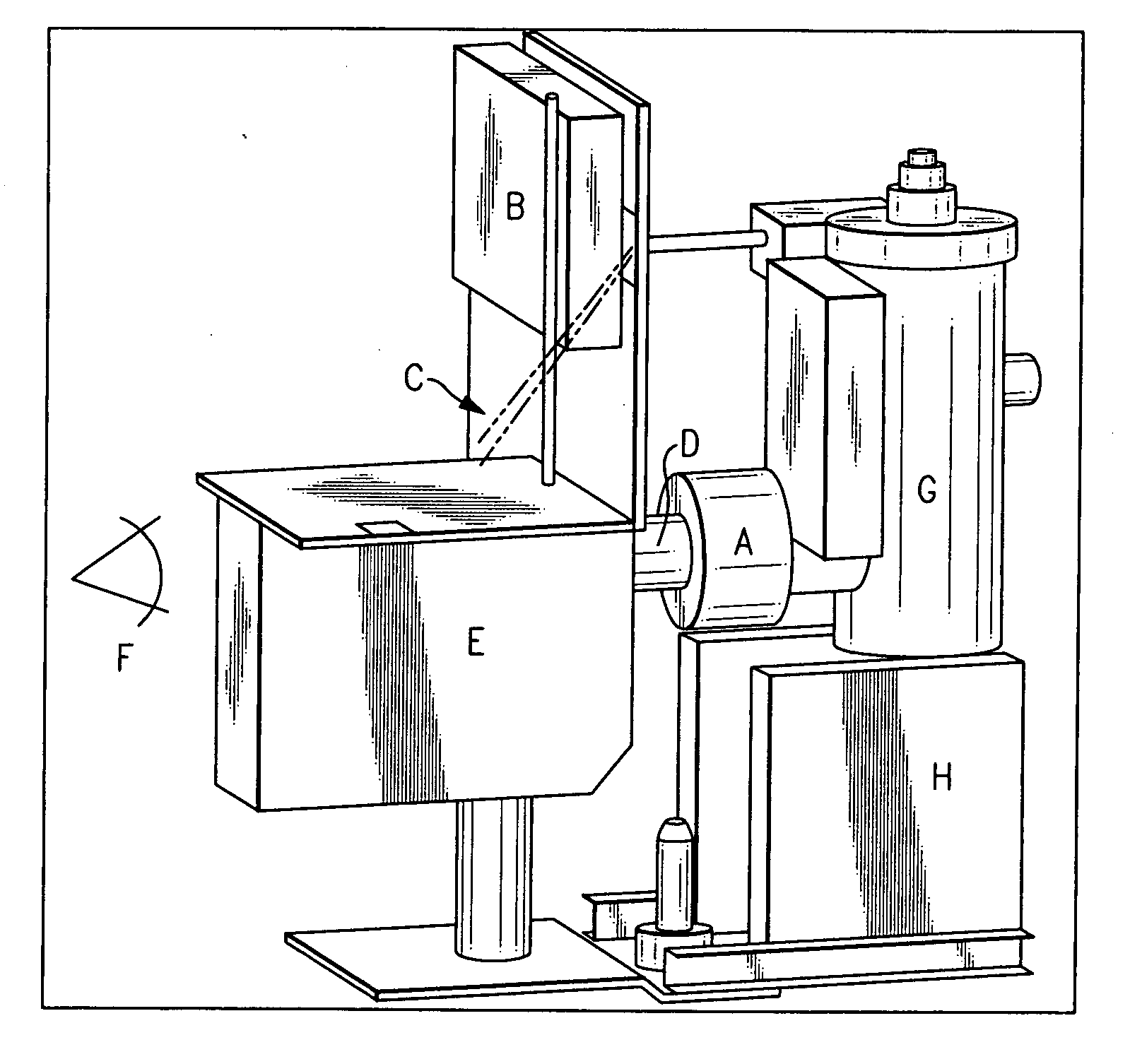System and method for optical imaging of human retinal function
a technology of optical imaging and human retina, applied in the field of retinal neuronal activity imaging, can solve the problems of difficult monitoring changes, perimetry is relatively insensitive to early detection, and the optic nerve may be damaged, so as to prevent the blinking of the eye and the movement of the head
- Summary
- Abstract
- Description
- Claims
- Application Information
AI Technical Summary
Benefits of technology
Problems solved by technology
Method used
Image
Examples
Embodiment Construction
[0049] The optical recording of intrinsic neuronal signals is suited for objective assessment of retinal function. Like the cortex, neuronal signals from the retina can be recorded from a large area at once with high spatial resolution. Unlike cortex imaging, retinal imaging can be acquired directly through a dilated pupil or other area of the eye using an appropriate fundus imaging system. Optical recording of retinal function is noninvasive and ideal for clinical application.
[0050] Optical functional recording is possible in the retina because the retina is a direct extension of the brain and part of the central nervous system. Neuronal activity of the retina is fundamentally similar to that of the brain. Like the brain, appropriate metabolic changes (changes in hemoglobin oxygen saturation and state of tissue cytochrome for example) can be detected in the retina in response to changes in inspired oxygen levels.
[0051] The following steps are included in a preferred embodiment of...
PUM
 Login to View More
Login to View More Abstract
Description
Claims
Application Information
 Login to View More
Login to View More - R&D
- Intellectual Property
- Life Sciences
- Materials
- Tech Scout
- Unparalleled Data Quality
- Higher Quality Content
- 60% Fewer Hallucinations
Browse by: Latest US Patents, China's latest patents, Technical Efficacy Thesaurus, Application Domain, Technology Topic, Popular Technical Reports.
© 2025 PatSnap. All rights reserved.Legal|Privacy policy|Modern Slavery Act Transparency Statement|Sitemap|About US| Contact US: help@patsnap.com



